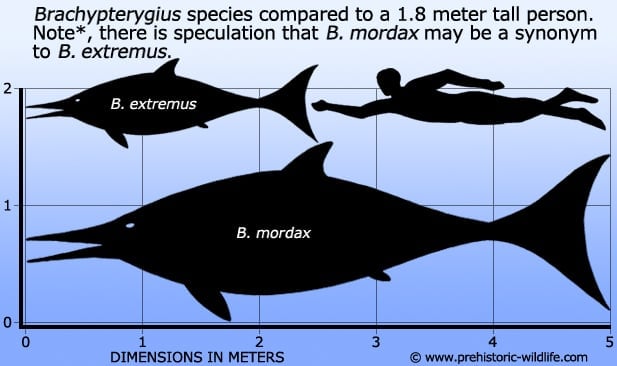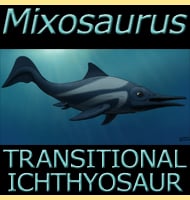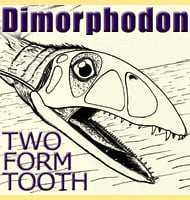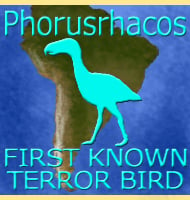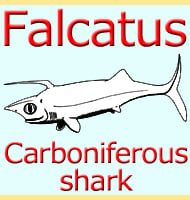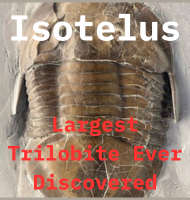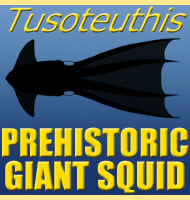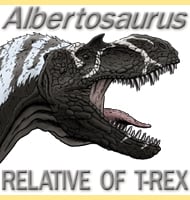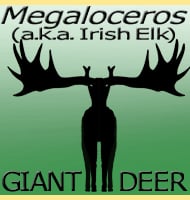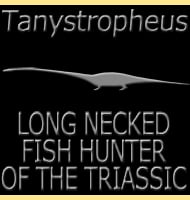In Depth
Brachypterygius initially started out as a species of Ichthyosaurus, I. extremus, but in 1922 palaeontologist Friedrich von Huene renamed the species as a distinct genus. This is actually a reflection of how the Ichthyosaurus genus was once used as a wastebasket taxon with almost any ichthyosaur remains being referred to it upon the basis of just being remotely similar.
The classification of Brachypterygius is still a little tricky to get your head around with the genera Grendelius and Otschevia also being attributed to the genus as synonyms. There is also speculation that the species B. mordax may actually be synonymous with the type species B. extremus. So far most Brachypterygius remains are known from locations across northern Europe including England, Russia and Spitsbergen, though the partial remains of a limb paddle from Madagascar have also been attributed to the genus.
Brachypterygius is noted for having short and wide paddles, features that may suggest that Brachypterygius were not as fast swimming as some other ichthyosaur genera. This is because the front paddles (which were analogous to the pectoral fins of a fish) act as hydroplanes to counteract the downward pitching effect of being pushed through the water by the tail. Shorter fins meant a smaller surface area, and a reduced counteracting ability when compared to some ichthyosaurs which had much larger paddles.
Brachypterygius is classed within the Platypterygiinae which is a sub group of the Ophthalmosauridae, a larger group that contains many big eyed ichthyosaurs such as the type genus of the group Ophthalmosaurus. Brachypterygius however differs from these other genera in having eyes that were proportionately much smaller. This may infer that Brachypterygius inhabited waters that were nearer the surface and well lit, and therefore did not require the larger and more light sensitive eyes of some of its relatives which were required for hunting in deeper waters where very little sunlight penetrated. It’s possible that the smaller eyes and paddles of Brachypterygius are features of a genus that hunted in sunlit waters for slower prey such as fish moving in shoals that would rely more upon numbers rather than speed to evade predators.
Compared to other platypterygiine ichthyosuars, the genera Platypterygius and Caypullisaurus seem to be particularly close relatives to Brachypterygius.
Further Reading
- On a new species of ichthyosaur from Bath. - Proceedings of the Zoological Society of London, 1904, 424–426. - G. A. Boulenger - 1904. - Die Ichthyosaurier des Lias und ihre Zusammenh�nge. - Verlag von Gebr�der Borntraeger, Berlin, 114 pp., 22 pls. - Friedrisch von Huene - 1922. - The description and phenetic relationships of a new ichthyosaur genus from the Upper Jurassic of England - Canadian Journal of Earth Sciences 13(5):668-683 - C. McGowan - 1976. – On the paleogeographic distribution of Callovian and Late Jurassic ichthyosaurs. - Journal of - Vertebrate Paleontology 17(4):752-754 - M. F. Fernandez - 1997. - The taxonomic status of Grendelius mordax: a preliminary report. - Journal of Vertebrate Paleontology, 17, 428–430. - C. McGowan - 1997. - An Ichthyosaur, Otschevia pseudoscythica gen. et sp. nov. from the Upper Jurassic Strata of the Ulyanovsk Region (Volga Region). - Paleontologicheskii Zhurnal 32 (2): 187-191. - V. M Efimov - 1998. - On the ichthyosaurian fossils from the Volgian Stage of the Saratov Basin. - Palaeontological Journal (2)87-91 - M. S. Arkhangelsky. 1998.
